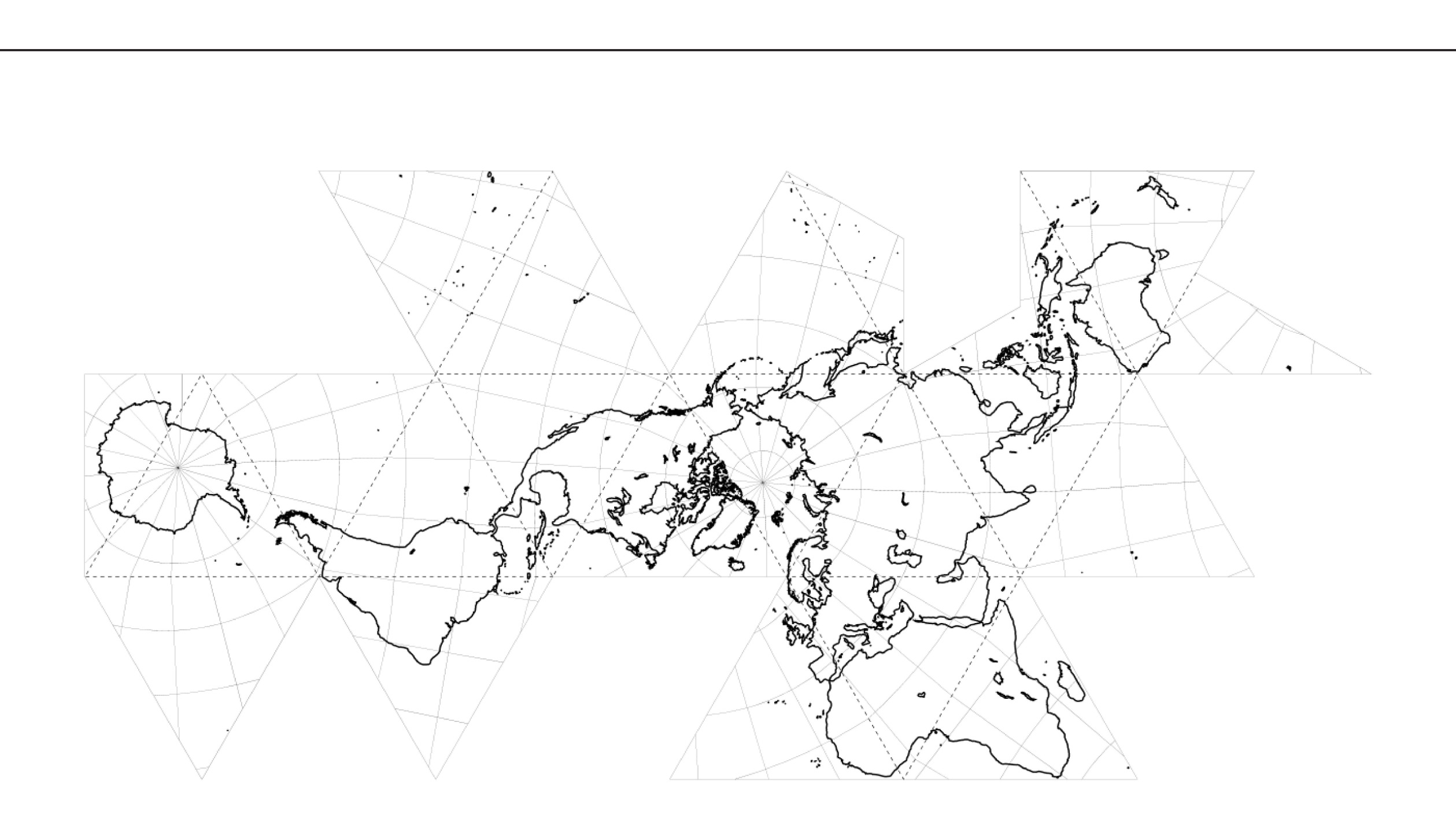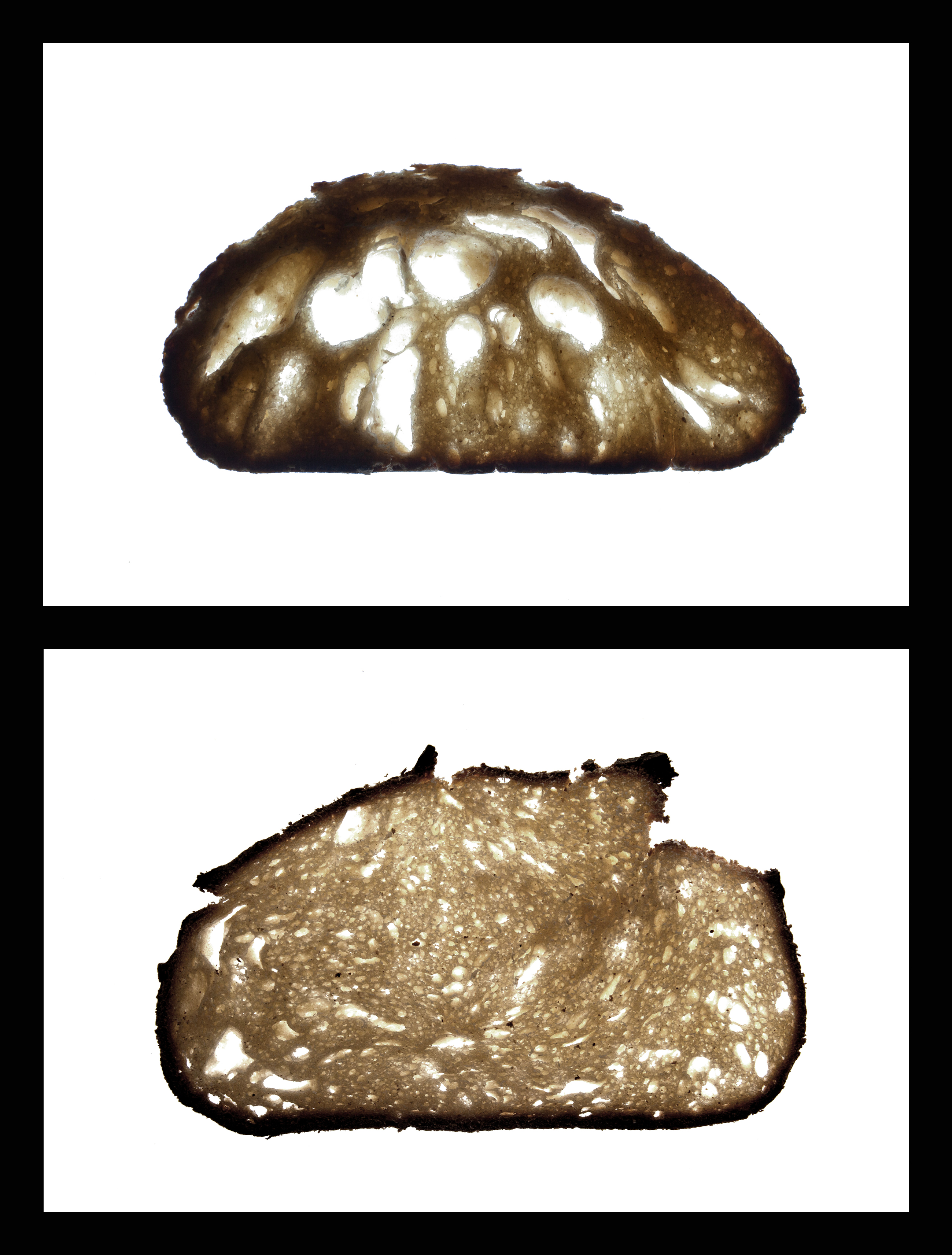Bread is eaten daily in Austria and many countries around the world. This staple food is often a main source of nutrition. In the Global North, bread is usually taken for granted and food scarcity is rarely addressed – its geopolitical implications, or the impact on the social stability of individual countries.
In recent years, there has been a cultural surge around bread. Bakeries that look like sleek boutiques are popping up in urban areas, and home bakers are handling the subject of sourdough with almost scientific meticulousness, sparking a private war against the heavily industrialised production of bread. The psychological stress of the global pandemic lockdowns has only intensified the incipient hype of bread baking.
What can we learn from this complex and fascinating subject area in relation to the discipline of design? Education about fermentation is one – it has cultural and historical origins in bread and beer. This process is more widespread in the medical technology and food industry than we may think. In the form of precision fermentation, mankind is making even greater use of the capabilities of microorganisms and will revolutionise food and material production in the coming years. But above all, bread as a product and its production is emotionally charged.
The focus of the Austria pavilion is on the sensory experience of bread. The colour, shape, tactile properties, smell, and taste of a freshly baked loaf are just as important as the sensuality of the process. Dough processing and bread baking are multi-sensory experiences that have therapeutic qualities and can achieve a whole new significance in our time as a cultural technique and source of inspiration in a transformative design practice.

AUSTRIA
THEMES
CARE
COEXISTENCE
DECOLONIZATION
ENVIRONMENT
FOOD STORIES
HEALTH
HISTORICAL PRACTICES
IDENTITY
MATERIALS & MAKING
MENTAL HEALTH
MIGRATION
MORE THAN HUMAN
SOCIAL ENGAGEMENT
SOCIAL EQUALITY
SYSTEM DESIGN
DESCRIPTION

TEAM
CREDITS
Chmara.Rosinke design studio was founded by Ania Rosinke and Maciej Chmara.
In our project team also contribute: Markus Zahradnik (Photo and Film), Hannah Varga (Research and text), Thomas Geisler (curatorial)
In our project team also contribute: Markus Zahradnik (Photo and Film), Hannah Varga (Research and text), Thomas Geisler (curatorial)
COLLABORATIONS
POINTS
SHARE DESIGN PROJECT WITH LDB PARTICIPANTS AND EARN 150 GAME POINTS
CREATE A SHARED EVENT WITH LDB PARTICIPANTS AND EARN 50 GAME POINTS
SHARE EXHIBITION SPACE WITH LDB PARTICIPANTS AND EARN 100 GAME POINTS
SHARE FUNDING WITH LDB PARTNERS AND EARN 100 GAME POINTS
SHARE RESEARCH WITH LDB PARTICIPANTS AND EARN 100 GAME POINTS
100 GAME POINTS FOR INVITING EXTERNAL PARTNERS TO THE GAME
PROPOSE A NEW FORM OF COLLABORATION AND EARN 100 GAME POINTS
SUBMIT SEEK PARTNER FORM AND EARN 50 GAME POINTS